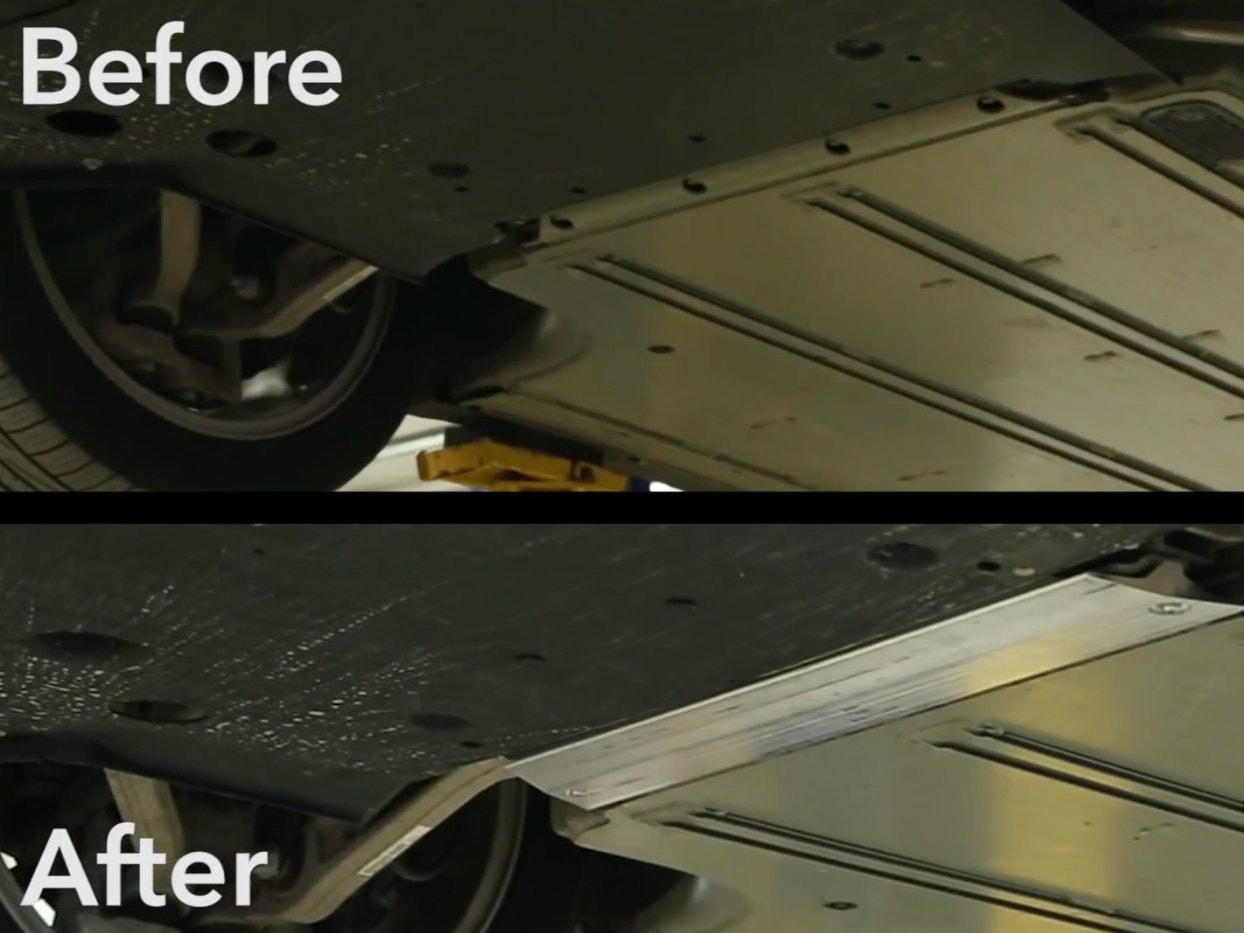JOEV1
*****joe
My first computer in 1990 had 4MB memory. Everybody told me it's totally foolish to buy such a huge computer
I think in 20 years we will laugh about a car with poor 75 kwh
I am sure in 20 years we will cover the Autobahn without larger batteries because induction coils inserted in the asphalt are taking care about traffic managment (safety, navigation etc.) but also as the answer for charging while we drive.
Such technology will become necessary as there are not nearly enough Superchargers around.
EVs would be powered much like electric trains today.







